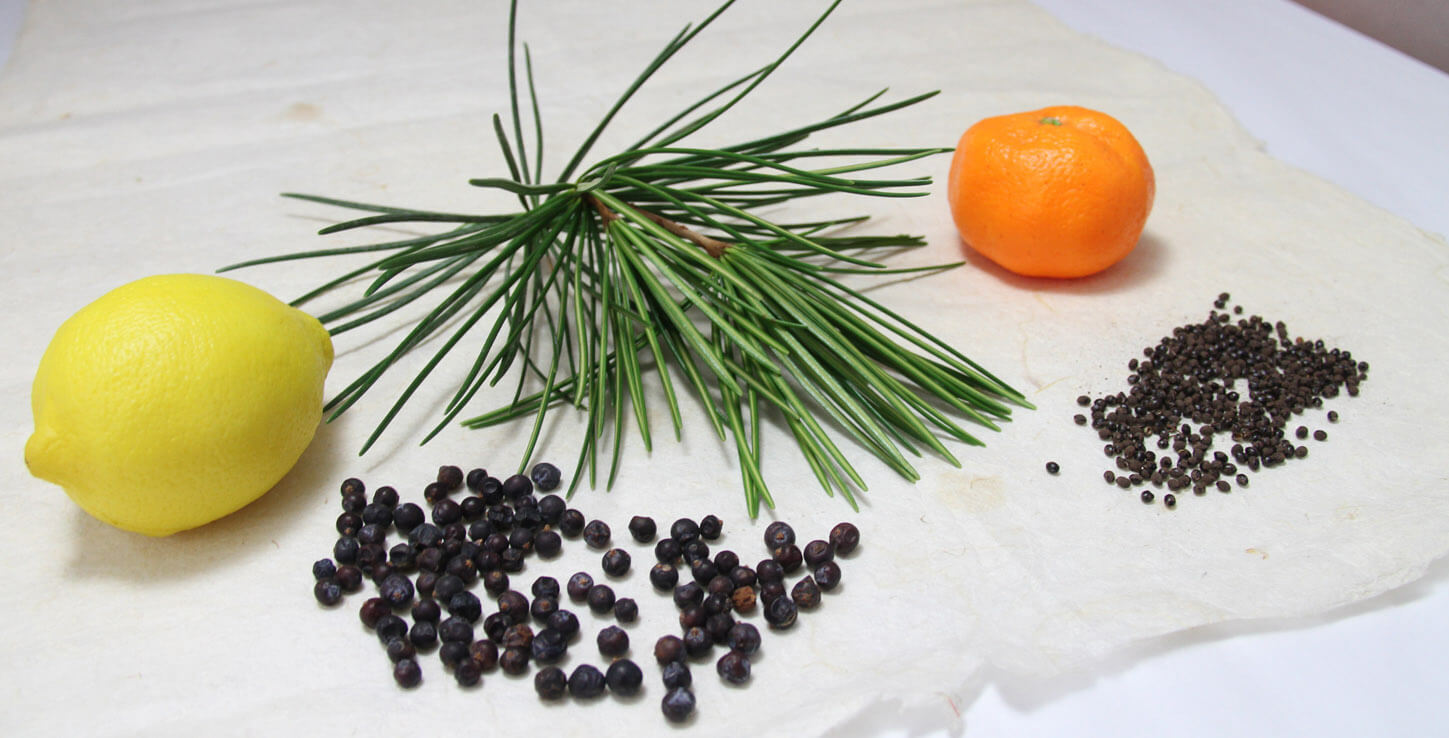KOZUE, the Gin Made from Canopy Pine
The Nakano brewery, located in the Wakayama mountains, created an alcohol with an aromatic base dominated by ‘komayaki’.

© NAKANO.BC
From aromas that are both peppery and resinous, from a palace of citrus fruits and berries, junipers and pine needles, Nakano BC produces spirits that are as intriguing as they sound. The brewery-cum-distillery is notably renowned for its three-year-aged prune wine.
Reaching the summits
Hidden away in the depths of the mountainous region of Wakayama, the small company has tasked itself with producing its first gin whose aromatic base is dominated by Komayaki, a Japanese canopy pine.
Launched on the 1st of November last year, the product was initially produced in a limited edition batch of 100 bottles and KOZUE is for now exclusively distributed in Japan. The term kozue refers to the summit of the tree, no doubt referring also to the highest quality that this product exudes.
More information on KOZUE gin can be found on Nakano BC’s website (only in Japanese).

© NAKANO.BC

© NAKANO.BC
TRENDING
-
The Tattoos that Marked the Criminals of the Edo Period
Traditional tattoos were strong signifiers; murderers had head tattoos, while theft might result in an arm tattoo.

-
Chiharu Shiota, Red Threads of the Soul
Last year, more than 660,000 people visited the retrospective 'Chiharu Shiota: The Soul Trembles' exhibit at the Mori Art Museum.

-
‘Before Doubting Others, Doubt Yourself. Who Can Truly Say a Dish Isn’t What It Used to Be?’
In ‘A Non-Conformist’s Guide to Surviving Society’, author Satoshi Ogawa shares his strategies for navigating everyday life.

-
The Story of Sada Yacco, the Geisha who Bewitched Europe
Described by Dazed magazine as the first beauty influencer, she has been restored to her former glory since 2019.

-
Ito Jakuchu's Naturalist Paintings
From 15 September until 14 October 2018, the Petit Palais showcased the artist's iconic ‘Images of the Colourful Realm of Living Beings’.





